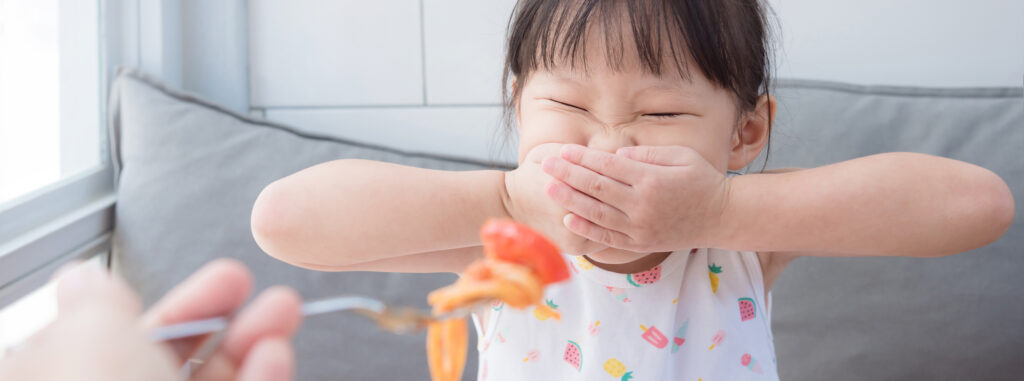While many babies experience teething with no issues, it’s not uncommon for the process to cause some discomfort and pain for your little one. Teeth (all 20 of them) will begin to appear from around 6–10 months of age.
Identifying teething pain
It’s easy to miss the arrival of the first few teeth as you may mistake your baby’s teething pain for general discomfort. To be able to differentiate effectively, there are several signs to look out for, including:
- Crying more at night
- Demanding more attention than usual
- Flushed cheeks
- Excessive dribbling
- Red and swollen gums
- Refusing feeds
- Chewing on hands or toys more than usual
- Rubbing or pulling on ears
- Disrupted sleep patterns
How to help
Pain and discomfort associated with teething can disrupt your baby’s sleeping routine, which can have an impact on the entire family. Luckily, you can use a few simple tips to help ease your little one’s pain, including:
- Offering a teething ring to chew on
- Offering extra feeds (if needed) for comfort and fluids
- Letting your baby chew on a clean, chilled face cloth
- Giving them a rusk stick to chew on (if your baby is over six months old)
- Gently rubbing a teething gel into their gums
- Applying a barrier cream to your baby’s chin, neck and chest to prevent soreness caused by dribbling
- Distracting your baby with lots of hugs or something to play with
If your baby seems to be really struggling with teething pain, it’s a good idea to consult with your GP to rule out any exacerbating factors.
You might be interested in

Why toddlers go through a fussy eating phase?

Your most searched for feeding questions
